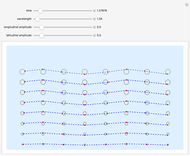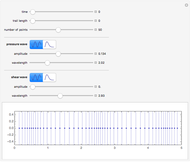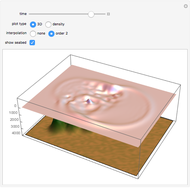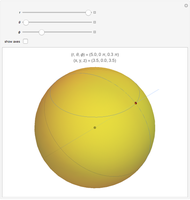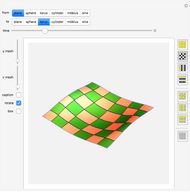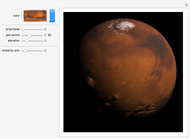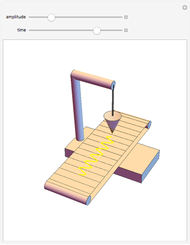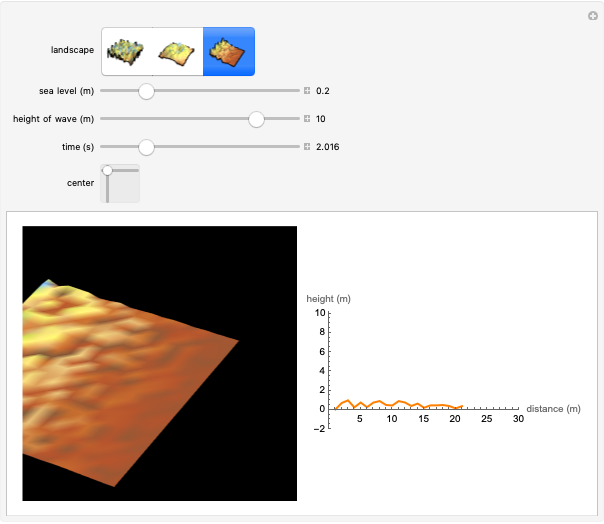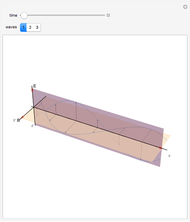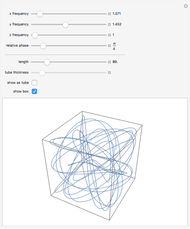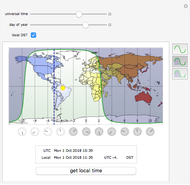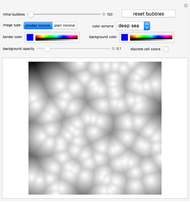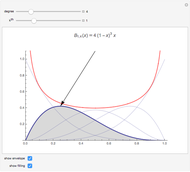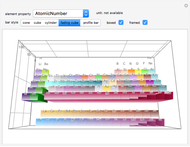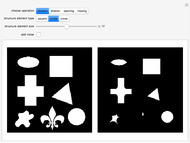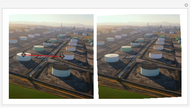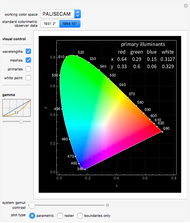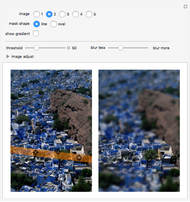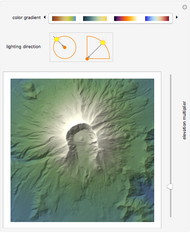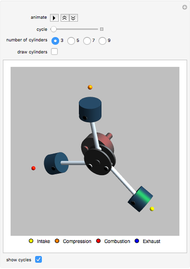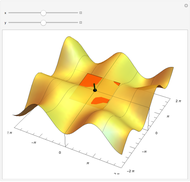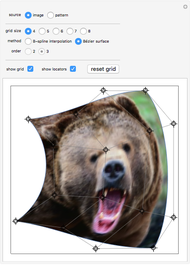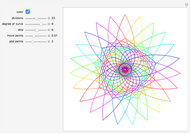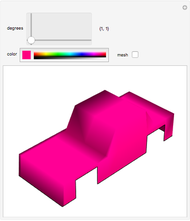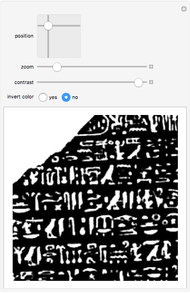Spherical Seismic Waves

Requires a Wolfram Notebook System
Interact on desktop, mobile and cloud with the free Wolfram Player or other Wolfram Language products.
This Demonstration shows the propagation of spherical elastic waves, commonly known as seismic waves, from a point source. Shown here are two types of seismic waves: pressure wave (P-wave) and shear wave (S-wave). The P-wave is longitudinal, and thus oscillates along the direction of the wave propagation, while the S-wave shakes perpendicular to the travel direction.
[more]
Contributed by: Yu-Sung Chang (March 2011)
Open content licensed under CC BY-NC-SA
Snapshots
Details
In the event of a real earthquake, the P-wave always precedes the S-wave. The reason is that the speed of P-waves is
 ,
,
while the speed of an S-wave is
 ,
,
where  is the bulk modulus, μ is the shear modulus, and ρ is the density.
is the bulk modulus, μ is the shear modulus, and ρ is the density.
Permanent Citation






